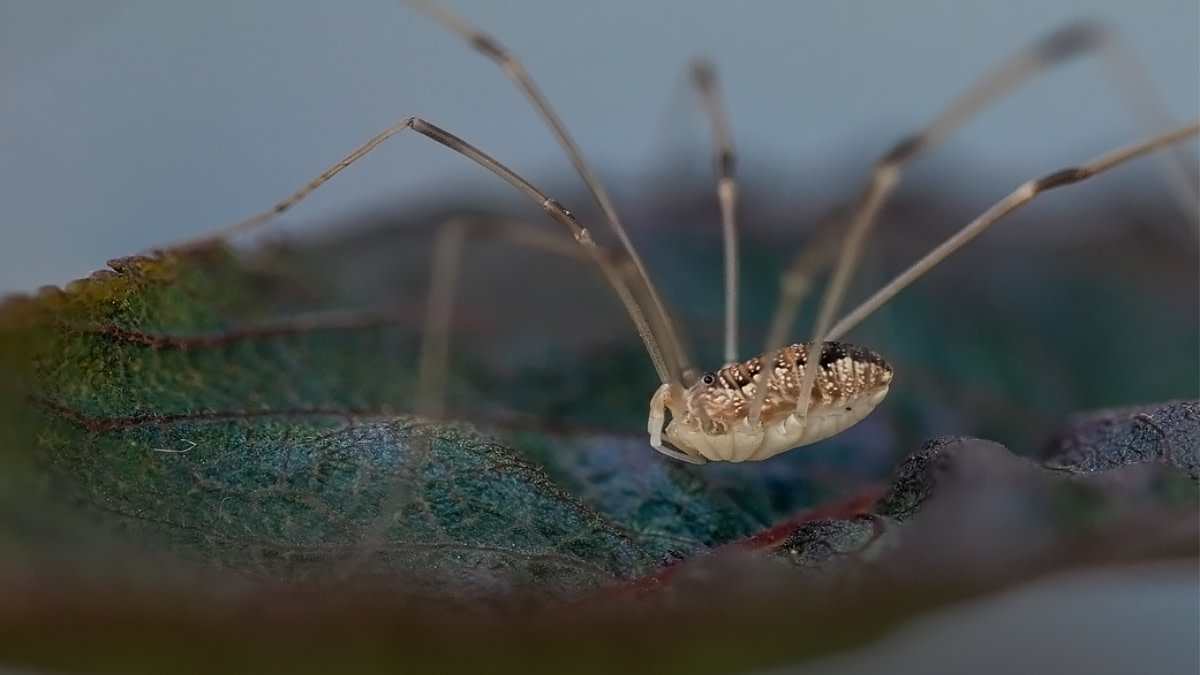
Myths, lies and old wives’ tales loom large in the outdoor pursuits. Here at MeatEater, we’re dedicated to separating facts from bullsh*t, so we created this series to examine suspect yarns. If there’s a belief, rumor or long-held assumption you’d like us to fact check, drop us a note at factchecker@themeateater.com.
Claim
Daddy longlegs are the most venomous spider in the world, but don’t have fangs big enough to break human skin.
Origin
It’s unclear when or where this widespread belief started. MeatEater editors from Washington to Kansas to Maryland verified that this claim is accepted in their regions, so it seems to be nationwide.
Since most animals don’t dine on daddy longlegs, I’d imagine it was this observation that earned them their venomous label. Or, maybe a poisonous reputation helps people justify killing these creepy crawlies.
Facts
Almost everything about this claim is inaccurate. For starters, daddy longlegs aren’t even spiders. They’re categorized as harvestmen and belong to the order Opiliones, a member of the Arachnid class like spiders, scorpions and mites. The primary differences between spiders and harvestmen is that harvestmen only have a single pair of eyes rather than eight, and don’t have the ability to spin silk or weave webs.
Daddy longlegs do have sizable fangs similar to those of a brown recluse, but their purpose isn’t stabbing and injecting. Harvestmen use their fangs to grasp and chew food that they ambush or scavenge. Their fangs could theoretically penetrate skin (which was proven on an episode of MythBusters), but these arachnids lack the aggressive demeanor needed to bite larger animals.
As far as being venomous, there’s no truth to that claim, either. They do, however, secrete a foul-smelling, bad-tasting concoction of chemicals when attacked. Potential predators find this unappetizing, but it’s not harmful, poisonous or venomous.
Takeaway
There’s no reason to fear a daddy longlegs. You might consider them an unattractive nuisance, but they’re actually beneficial to have around. Because their diet consists of aphids, flies, fungus, bird droppings, worms, snails and anything else small enough to scavenge, they’re basically nature’s little vacuums.
This often-regurgitated old wives’ tale has given them plenty of bad press, but a little fact-checking often does wonders for PR.
Sources
Are Daddy Long Legs Poisonous — Terminix
Are Daddy Longlegs Really the Most Venomous Spiders in the World? — LiveScience
Daddy Long Legs 411 — The Infinite Spider
Feature image via Wiki Commons.




Conversation